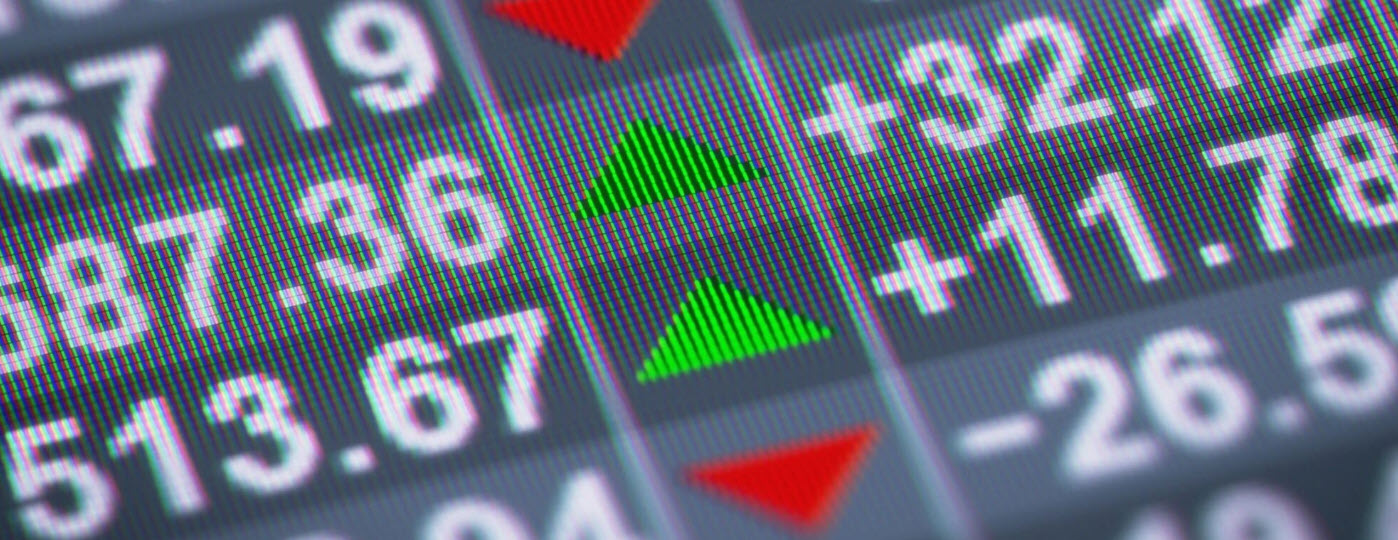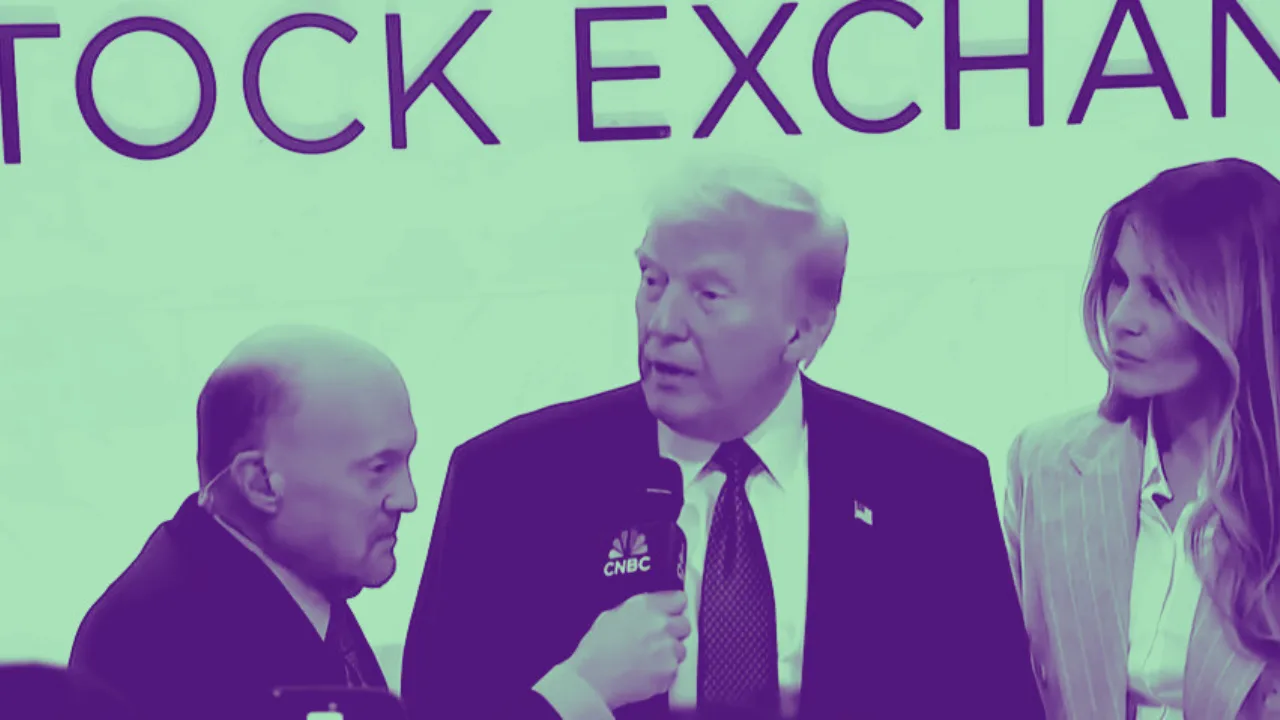On April 9, 2025, China announced it will impose massive 84% retaliatory tariffs on all U.S. goods, escalating the ongoing trade war to unprecedented levels. This dramatic move comes in direct response to U.S. President Donald Trump’s sweeping tariff increases on Chinese imports, which the White House described as a strategy to restore “fair and reciprocal trade.” But for everyday Americans and investors, the consequences may be far-reaching.
In this article, we’ll break down what these new tariffs mean, how we got here, and what individuals can do to protect their finances in a volatile trade environment.
What Just Happened: 84% Retaliatory Tariffs from China
China’s Ministry of Finance confirmed that starting April 10, 2025, an 84% tariff will apply to all U.S. goods, matching the cumulative rate imposed by the Trump administration on Chinese imports just a day earlier.
Beijing stated that the tariffs are “a necessary response to unilateral economic aggression” and framed them as an act of “economic self-defense.” These tariffs will hit U.S. agriculture, technology, energy exports, and manufacturing products—all key sectors that have already been feeling the squeeze from prior rounds of trade friction.
China also hinted at additional retaliatory actions, including restrictions on rare earth exports and inspections of U.S. businesses operating within Chinese borders.
Timeline: How the U.S.-China Trade War Escalated
The recent developments are just the latest in a trade war that has intensified rapidly in 2025:
- April 2, 2025 – “Liberation Day” Tariffs Announced: President Trump declared a 10% universal tariff on imports from most countries, and a 34% tariff specifically on Chinese goods, citing years of “economic sabotage” by foreign nations.
- April 4, 2025 – China Retaliates: Beijing imposed a 34% tariff on all U.S. goods.
- April 7, 2025 – U.S. Raises Tariffs Again: The U.S. upped the pressure, hiking total tariffs on Chinese goods to 104%.
- April 9, 2025 – China Matches U.S. Tariffs: China announced its 84% retaliatory tariff, citing fairness and reciprocity.
What This Means for American Consumers
While international trade might seem abstract, tariffs hit closest to home at the cash register. Here’s how average Americans will feel the impact:
1. Higher Prices on Imported Goods
American businesses that rely on Chinese imports—from electronics to toys to home goods—will likely pass costs on to consumers. This could result in:
- Higher prices on smartphones, laptops, and consumer electronics
- Increased costs for furniture, kitchenware, and textiles
- More expensive raw materials for U.S. manufacturers, driving up finished product prices
2. Retaliatory Tariffs Hurt U.S. Farmers and Exporters
China’s 84% tariffs will severely curtail American exports of soybeans, corn, beef, and pork—products that previously made up tens of billions in annual trade. The Midwest, which already experienced pain during previous tariff rounds, will likely be hit again.
3. Potential Job Losses in Affected Industries
Industries exposed to Chinese markets or reliant on Chinese manufacturing may see slowed growth or layoffs. Sectors to watch include:
- Agriculture
- Automotive parts
- Semiconductor manufacturing
- Heavy machinery
Investor Impact: Increased Volatility and Sector Risks
1. Markets React Sharply to Trade War Fears
Following China’s announcement, Dow futures plunged more than 700 points, and the S&P 500 neared correction territory. Technology and bank stocks led the decline due to their global exposure.
Investors have grown wary of political risk as a market-moving factor. The S&P 500 Volatility Index (VIX), also known as Wall Street’s fear gauge, spiked over 40% in the last 72 hours.
2. Technology and Manufacturing at Risk
Companies like Apple, Tesla, Nvidia, and Caterpillar face dual pressures:
- Higher component costs from China
- Reduced access to the world’s second-largest consumer market
3. Opportunities in Domestic and Defensive Sectors
Some sectors may benefit from the disruption:
- Domestic infrastructure: U.S.-based construction and transportation firms may see gains if reshoring intensifies.
- Defense stocks: Historically, geopolitical uncertainty boosts defense spending and demand.
- Utilities and healthcare: Defensive sectors typically outperform during volatility.
Treasury Secretary Scott Bessent Responds
U.S. Treasury Secretary Scott Bessent downplayed China’s 84% tariffs, calling them a “massive strategic mistake.”
“We import far more from China than we export. That gives us leverage. China’s retaliation will hurt their own economy more than ours,” Bessent said in a press conference.
While this may be technically accurate, economists warn that both economies could suffer as the conflict drags on.
Broader Economic and Geopolitical Consequences
1. Global Economic Slowdown
The International Monetary Fund (IMF) warned that if these trade tensions persist, global GDP growth could fall by 1.5% in 2025, especially as other countries are forced to choose sides or face spillover effects.
2. Supply Chain Realignments
Multinational corporations are already beginning to shift supply chains out of China to countries like Vietnam, India, and Mexico. However, this process is costly and time-consuming.
3. Energy and Commodities Under Pressure
Commodities markets have been roiled, with oil prices experiencing their steepest five-day decline since 2022. Copper, lithium, and rare earth prices are also volatile due to fears of restricted trade access.
How Investors Can Protect Themselves
The good news: there are proactive steps investors can take to reduce exposure and seize potential opportunities.
1. Diversify Internationally
While U.S.-China tensions rise, other regions may become more attractive:
- European equities (especially in energy and banking)
- Southeast Asian markets benefiting from manufacturing shifts
2. Rebalance Toward Defensive Stocks
Investors may consider allocating more to:
- Utilities
- Consumer staples
- Dividend-paying stocks
These sectors tend to be more stable during economic downturns.
3. Watch for Bargain Buys
Some high-quality stocks in tech or industrials may become undervalued if the selloff continues. Long-term investors with strong risk tolerance may see this as a buying opportunity.
What Everyday Americans Can Do
If you’re not an investor, but worried about how this trade war affects your wallet, here’s how to prepare:
1. Budget for Higher Costs
Expect price increases on electronics, groceries, and possibly fuel. Start padding your emergency fund and review spending habits.
2. Support Domestic Alternatives
Buy from U.S.-based companies or those sourcing outside of China. This not only helps the economy but shields you from tariff-related price spikes.
3. Stay Informed
Trade wars can shift quickly. Policies may change after negotiations or political pressure. Follow developments through reliable financial news sources.
What Comes Next?
While there is no immediate sign of de-escalation, analysts say both sides could return to the negotiating table under economic or political pressure. U.S. elections, shifts in public opinion, and declining market performance might push leaders to compromise.
However, with both President Trump and Chinese officials signaling their resolve to stand firm, this trade war could extend deep into 2025, reshaping global trade in the process.
Final Thoughts
The 84% tariff imposed by China is not just another headline—it’s a pivotal moment in the evolving U.S.-China economic cold war. Whether you’re a consumer, investor, or business owner, this development is a wake-up call.
Now more than ever, staying informed, financially prepared, and agile is key to navigating a rapidly shifting global economy.





